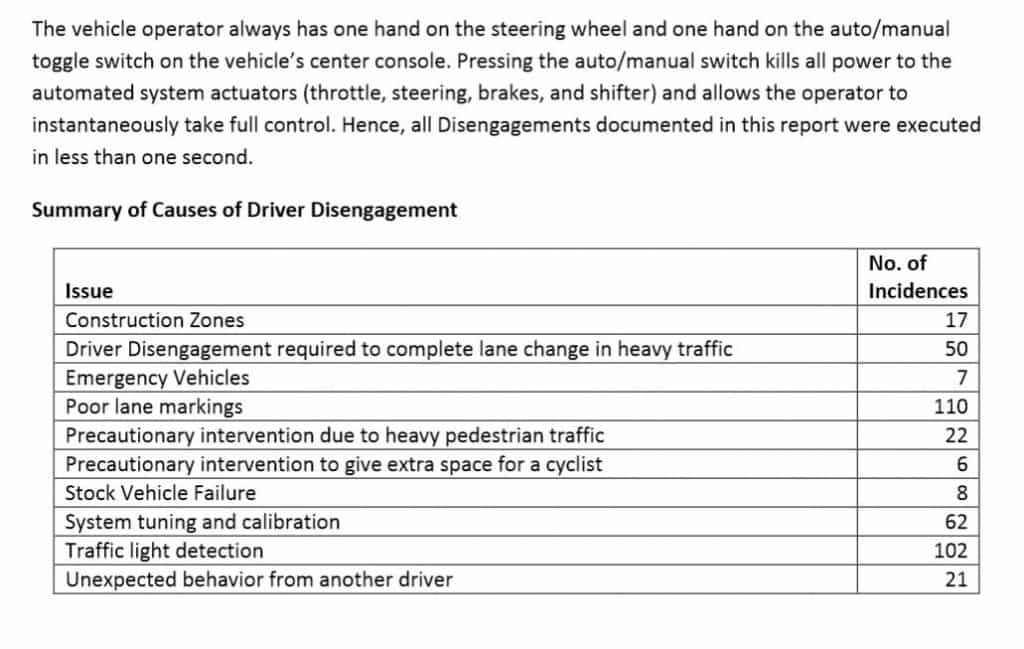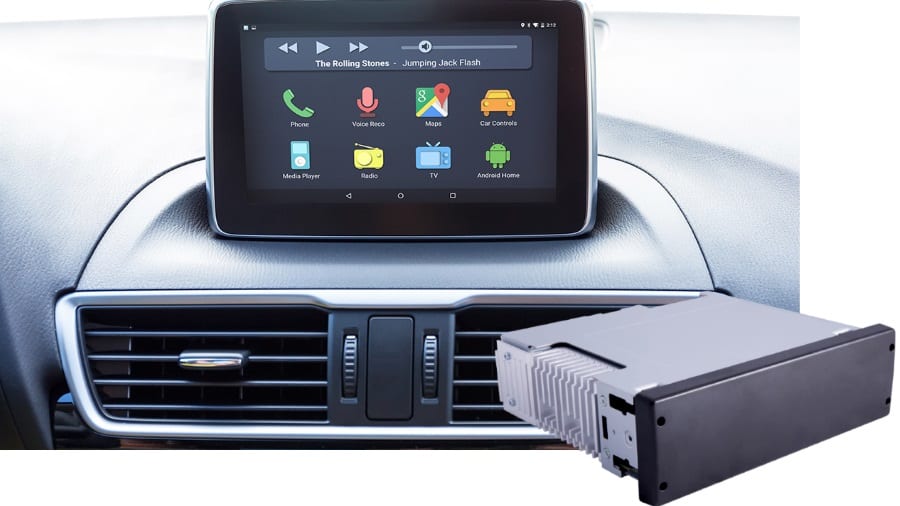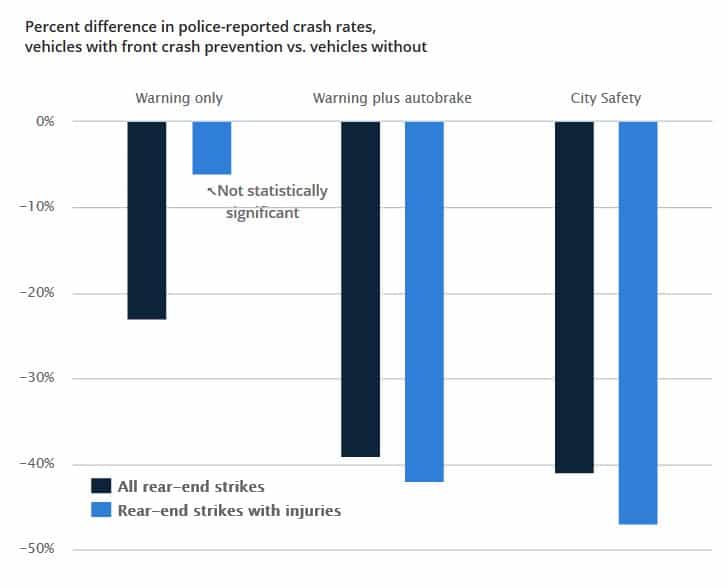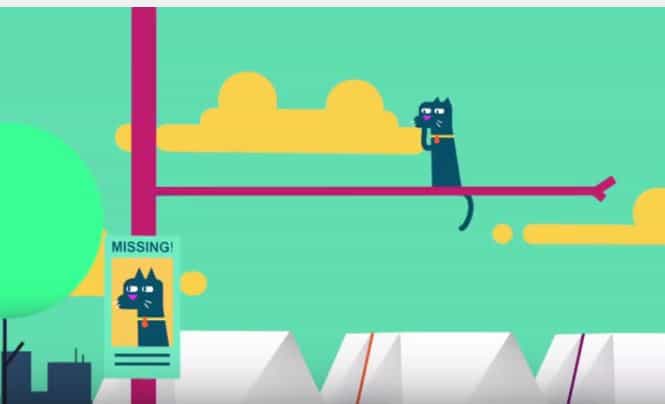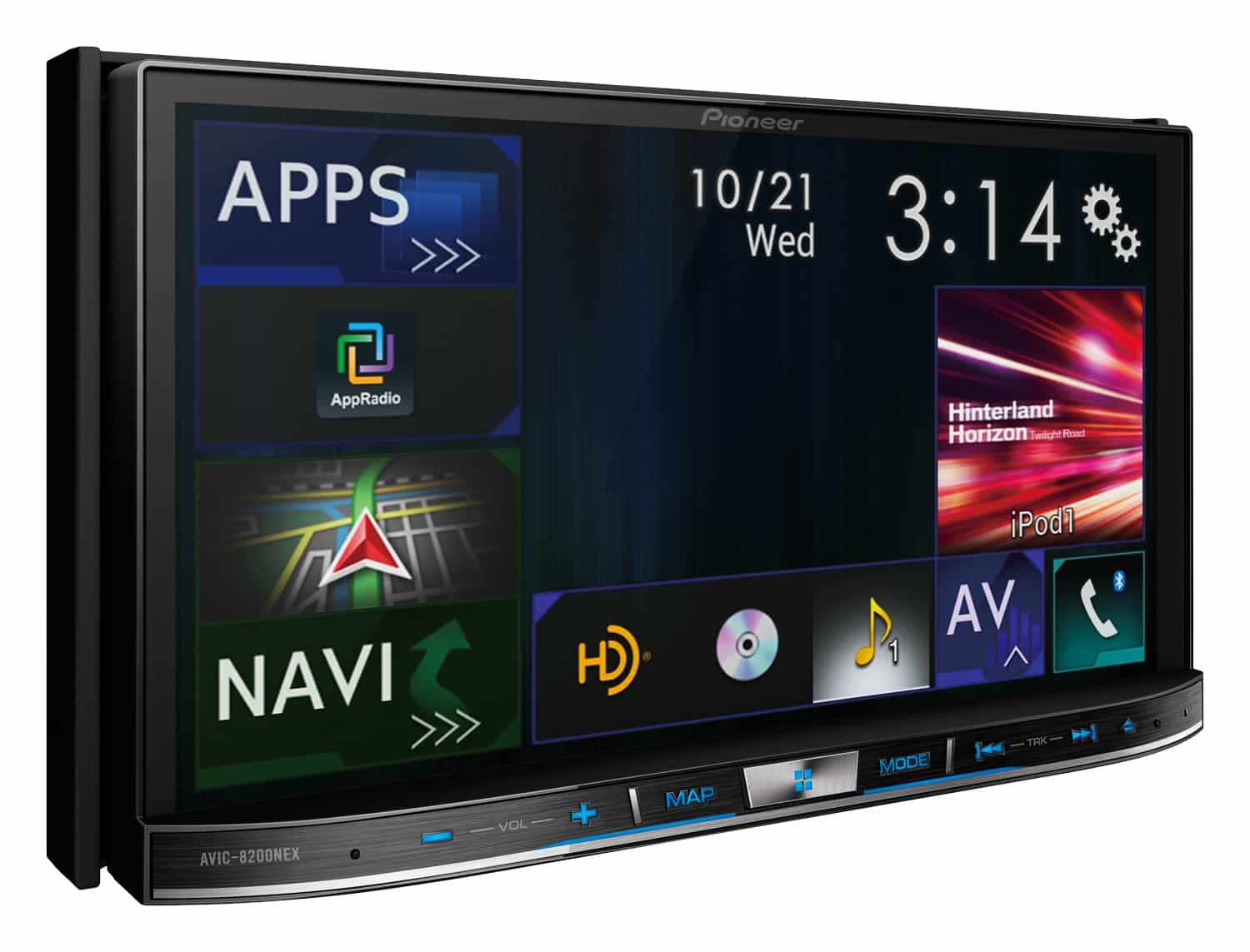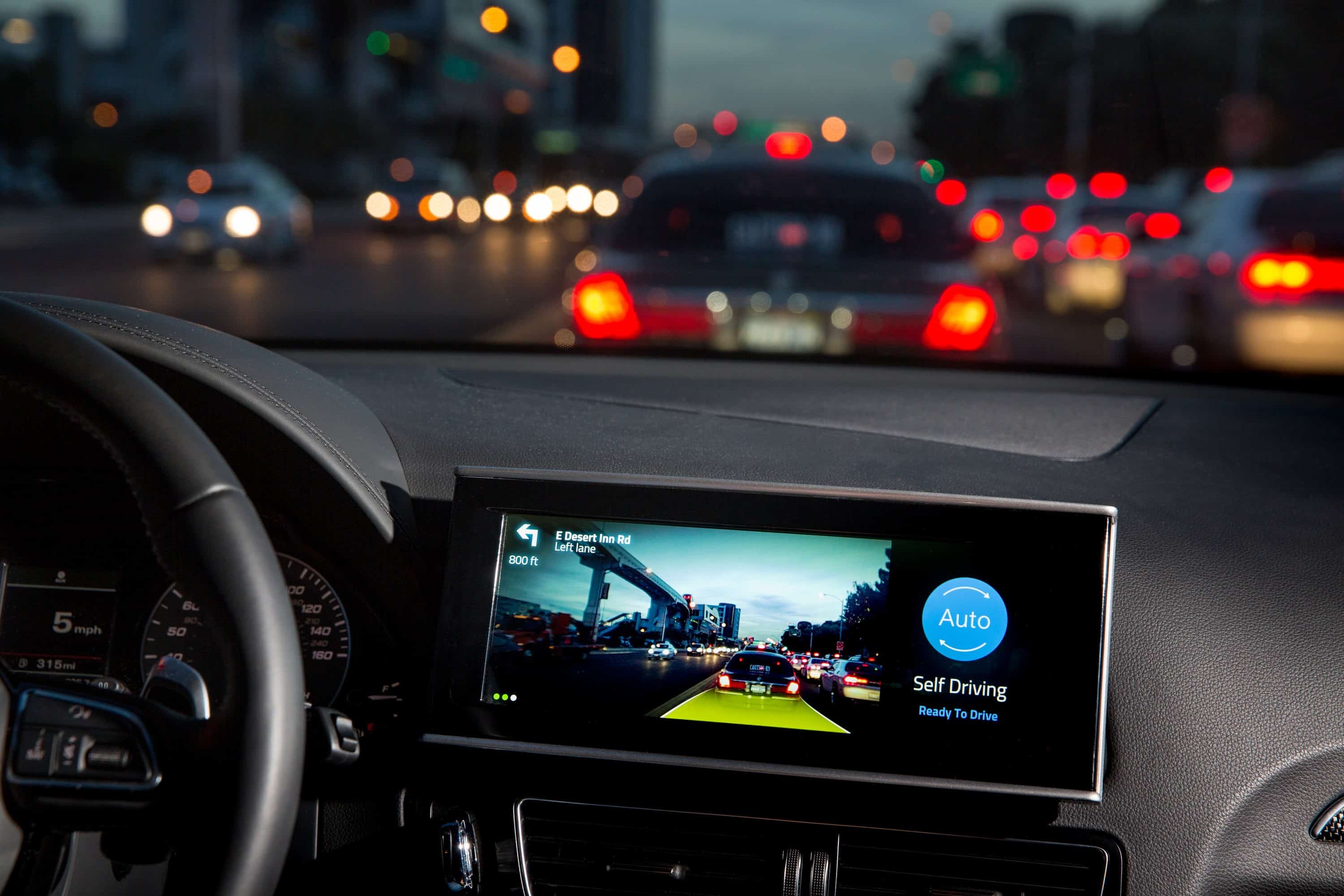 Some people say that riding in an autonomous vehicle is boring. Riding in the Delphi autonomous car, for me is more like playing an iPad driving game or being in a Star Trek episode. I recently rode in the autonomous self-driving Delphi Audi SQ5 with super-connected autonomous features. Although still in the development stage, the way the driver, passengers and car relates to each other is a design engineering fete of great proportions.
Some people say that riding in an autonomous vehicle is boring. Riding in the Delphi autonomous car, for me is more like playing an iPad driving game or being in a Star Trek episode. I recently rode in the autonomous self-driving Delphi Audi SQ5 with super-connected autonomous features. Although still in the development stage, the way the driver, passengers and car relates to each other is a design engineering fete of great proportions.
“There’s a different kind of expectation for the user-experience for cars than for smartphones. The car has to last ten years in all kinds of environments and temperature extremes,” said Jeff Owens, Chief Technology Officer for Delphi.
Before cars become autonomous, there needs to be a UI (User Interface) to let the driver and the passengers know what is going on. Delphi has created a system that integrates an Apple Watch with appointments, iPads for the passengers to tell the car to stop for food/coffee and a system shown on the screen on the dash to let the human who gives over driving of the car to the car what is going on at all times.
The ride is like being on the Starship Enterprise because the computer talks tells everyone in the car what is going. The vehicle has a friendly female computer voice that checks to make sure all systems are ready to go and lets the driver know when its time to take over. A camera shows on the screen what is in front of the car somewhat like Captain Kirk’s view of the screen of the universe.

Nandita Mangal a software engineer, working out of the Delphi Mountain View, Calif center, explained how all the different apps work together. She was instrumental in getting the customer experience incorporated into the HMI (Human Machine Interface) including the Apple Watch, the opening video on-screen video, the rendevouz feature and pedestrian warning.
“The car will let you know when it is good time to take over,” said Mangal, “The iPad app helps passengers have a comfortable and interactive ride.”
Vehicle-to-Vehicle (V2V) and Vehicle-to-Infrastructure and app-to-vehicle all work together to keep everyone in the car happy. If you like, the car will even pick up a buddy to ride-share. When a friend is nearby the car receives a notification and asks if the driver would like to stop to pick-up the friend. The car “knows” the speed limit and adheres to it.
The self-driving Delphi car is connected to city traffic lights and knows when the light is going to change, so it slows down. This feature can also save fuel.
The car even detects a pedestrian with a DSRC enabled phone from LG. DSRC (Dedicated Short Range Communications) is a form of secure Wi-Fi open to vehicle manufactures to connect information. DSRC are wireless communication channels that will be mandated to be in cars in the future by the U.S. Department of Transportation.
When there is a V2V connected Cadillac in front of the Delphi self-driving car that is going slower the car detects it and slows down.
If the passenger gets hungry in the middle of the ride, through the iPad app s/he can direct the car to stop at drive-thru burger place.
The Delphi vehicle has three cameras and twenty sensors on the prototype to record and process events, eventually there will fewer sensors for production vehicles. Fellow drivers in Nevada can identify it as self-driving because it as special red license plate.
Before cars become completely autonomous the safety features will become cost effective, “For about 20% of the price of an autonomous vehicle, you can get 80% of the safety features,” said Owens.
Delphi has a different approach to self-driving cars than Google. Dephi uses ADAS safety features already available and creates the interface for the technology to become more and more autonomous, over time. Delphi also posted the most detailed accounts of when drivers had to take over in their test vehicles in California to the California DMV.
The main reason the driver had to take over is for poor lane markings, meaning the sensors/cameras couldn’t tell where the lanes were. When the vehicle is connected to other vehicles and infrastructure, it will be easier for the sensors to know the exact position of the car.
We ask our readers if you would like to go for a ride in the Delphi autonomous ride? Note you will not be able to keep the the iPad or the Apple Watch. Write your suggestions or impressions in the comments below.
